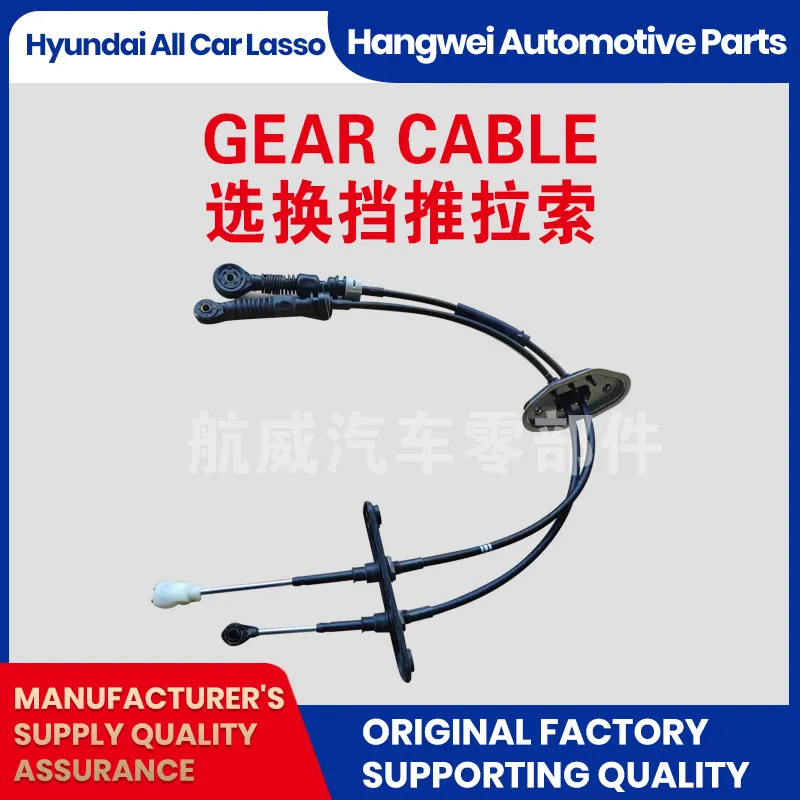Optimizing Push Pull Throttle Control Cable for Enhanced Performance and Efficiency
Understanding Push-Pull Throttle Cables Mechanisms and Applications
Push-pull throttle cables play a crucial role in the functionality of various mechanical systems, particularly in vehicles and machinery. These cables are designed to control the throttle mechanism by allowing the operator to regulate the engine's power output efficiently. Understanding the mechanisms and applications of push-pull throttle cables can provide insights into their importance in engineering and automotive design.
At its core, a push-pull throttle cable consists of a flexible outer housing and an inner cable. The inner cable is usually made of metal and can slide back and forth within the housing. This configuration allows for controlled movement in both directions push to increase the throttle and pull to decrease it. The design of these cables ensures that minimal friction occurs during operation, allowing for smooth and responsive control.
Understanding Push-Pull Throttle Cables Mechanisms and Applications
Push-pull throttle cables are widely used in the automotive industry, where they are commonly found in vehicles ranging from cars to trucks. In modern vehicles, electronic throttle control systems are becoming more prevalent. However, push-pull cables are still utilized in many older models and specific applications where a direct mechanical connection is desired or necessary. These cables are often used in engines where precise throttle response is critical, such as in performance vehicles or racing applications.
push pull throttle cable

The construction and material quality of push-pull throttle cables are essential for their performance and durability. High-quality cables are usually made from materials resistant to corrosion and wear, ensuring a long service life even under challenging conditions. Additionally, the cables are often engineered to withstand various environmental factors, including temperature fluctuations and exposure to chemicals, making them reliable in diverse applications.
When considering the installation of push-pull throttle cables, it is vital to ensure proper routing and tensioning. Incorrect installation can lead to various issues, such as binding or slack, which can impair throttle responsiveness and create safety hazards. Proper maintenance is also essential; regular inspections can help identify any wear or damage, allowing for timely replacements to ensure optimal performance.
Push-pull throttle cables are also common in marine applications, where they control throttle mechanisms in boats and other watercraft. The same principles apply as the operator pushes or pulls the throttle lever, the cable transmits that movement to the engine, managing the speed and performance of the vessel. This critical link ensures that operators can respond swiftly to changing conditions on the water, enhancing safety and performance.
In conclusion, push-pull throttle cables are an integral component of many mechanical systems, particularly in automotive and marine applications. Their design allows for smooth and precise control over engine power output, making them a reliable choice for various machinery. Understanding their operation, installation, and maintenance can ensure optimal performance and longevity. Whether in a high-performance sports car or a rugged workboat, these cables play an unseen yet vital role in engine dynamics and overall operational efficiency. As technology continues to evolve, push-pull throttle cables will likely remain relevant, offering a blend of simplicity and effectiveness that modern engineering seeks.
-
Workings of Clutch Pipe and Hose SystemsNewsJun.04,2025
-
The Inner Workings of Hand Brake Cable SystemsNewsJun.04,2025
-
The Secrets of Throttle and Accelerator CablesNewsJun.04,2025
-
The Hidden Lifeline of Your Transmission Gear Shift CablesNewsJun.04,2025
-
Demystifying Gear Cables and Shift LinkagesNewsJun.04,2025
-
Decoding Clutch Line Systems A Comprehensive GuideNewsJun.04,2025
